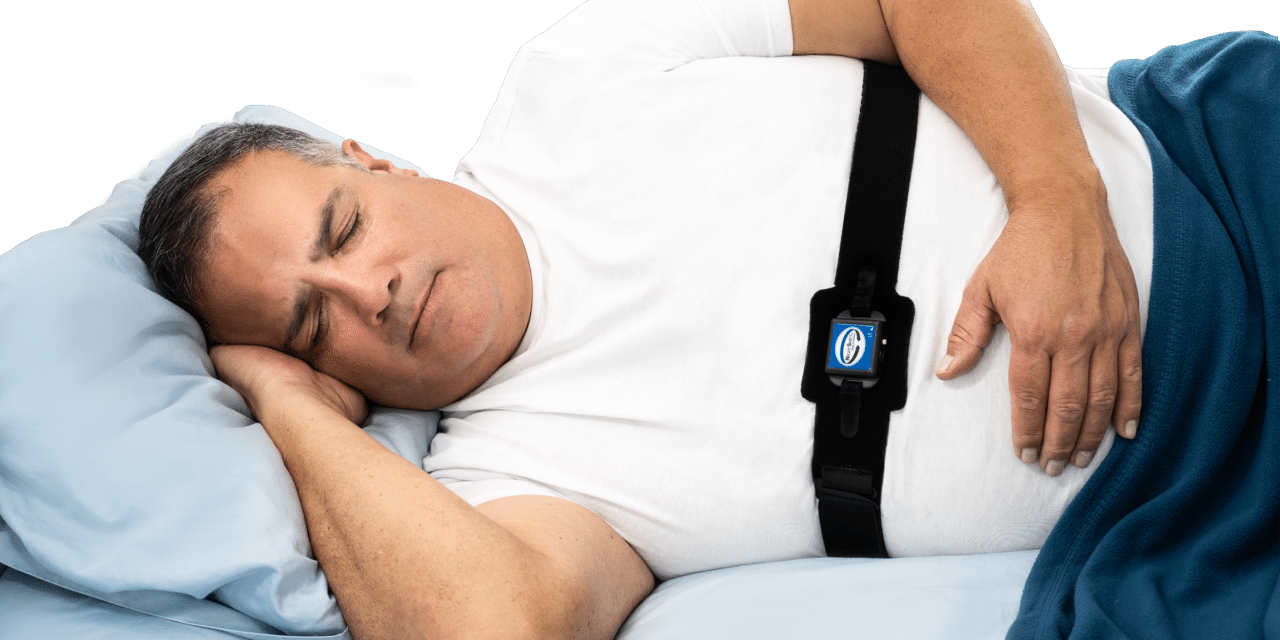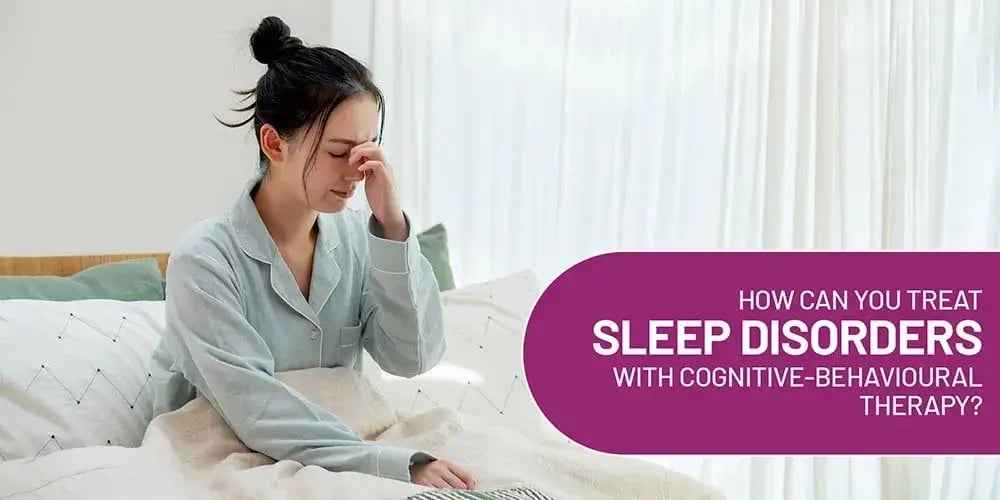Cognitive Behavioral Therapy for Insomnia (CBT-I) - Proven Approaches
Cognitive Behavioral Therapy for Insomnia (CBT-I) - Proven Approaches
Blog Article
Reliable Treatment Solutions for Handling Sleep Disorders and Enhancing Relaxing Rest
In the realm of health care, the administration of sleep disorders and the mission for relaxing rest are crucial components of total well-being. Reliable therapy services offer a complex technique to take on these difficulties, varying from cognitive behavioral treatments to holistic practices that promote relaxation and mindfulness. The exploration of different approaches, including the assimilation of drug and light treatment, opens up a realm of opportunities in the search of better sleep high quality. As we navigate the elaborate landscape of rest disorders and seek to enhance our rest experience, a deeper understanding of these therapy options may hold the trick to opening an extra rejuvenating and fulfilling restorative journey.
Cognitive Behavior Modification for Sleeping Disorders (CBT-I)
Cognitive Behavior Modification for Sleep Problems (CBT-I) is an organized, evidence-based therapy technique that concentrates on dealing with the hidden factors contributing to sleep disturbances. This type of therapy aims to modify behaviors and thoughts that aggravate insomnia, inevitably advertising healthy and balanced rest patterns. CBT-I generally includes a number of key elements, including cognitive treatment, rest constraint, stimulus control, and rest health education and learning.
Cognitive treatment aids individuals identify and change adverse thought patterns and beliefs concerning rest that may be impeding their capability to fall or stay asleep. Rest constraint involves restricting the amount of time invested in bed to match the person's actual sleep duration, consequently increasing rest effectiveness (cognitive behavioral therapy for insomnia (CBT-I)). Stimulation control methods aid establish a solid association between the bed and sleep by urging people to visit bed just when sleepy and to avoid taking part in promoting activities in bed
Moreover, rest health education concentrates on creating healthy sleep behaviors, such as preserving a constant rest routine, creating a relaxing bedtime routine, and optimizing the sleep setting. By attending to these factors comprehensively, CBT-I supplies a reliable non-pharmacological intervention for handling insomnia and improving general rest top quality.
Sleep Health Practices
Having established the foundation of cognitive restructuring and behavioral adjustments in dealing with sleep problems through Cognitive Behavior modification for Insomnia (CBT-I), the emphasis currently moves towards discovering crucial Sleep Hygiene Practices for keeping optimum rest top quality and general well-being.
Sleep hygiene techniques encompass a series of habits and environmental factors that can dramatically affect one's capacity to go to sleep and stay asleep throughout the night. Constant sleep and wake times, developing a relaxing bedtime routine, and maximizing the sleep environment by keeping it dark, silent, and cool are critical elements of great sleep hygiene. Restricting direct exposure to screens prior to going to bed, staying clear of stimulants like high levels of caffeine close to going to bed, and involving in routine exercise during the day can likewise promote far better rest quality.
Moreover, exercising leisure methods such as deep breathing exercises or reflection before bed can assist calm the mind and prepare the body for rest. By integrating these rest health methods right into one's day-to-day regimen, people can develop a healthy and balanced sleep pattern that sustains restful sleep and general health.
Relaxation Strategies and Mindfulness
Carrying out leisure methods and mindfulness techniques can play an essential function in fostering a sense of calm and promoting top quality rest. Additionally, guided images can help carry people to a tranquil location in their minds, aiding in anxiety reduction and improving sleep high quality.
By including these practices right into a going to bed routine, individuals can indicate to their bodies that it is time to unwind and prepare for sleep. On the whole, incorporating relaxation strategies and mindfulness techniques can substantially contribute to taking care of rest disorders and improving total sleep top quality.

Medication Options for Sleep Disorders
After exploring leisure strategies and mindfulness practices as non-pharmacological interventions for enhancing sleep top quality, it is vital to think about medicine choices for individuals with rest disorders. In instances where lifestyle adjustments and therapy do not offer adequate relief, medication can be a beneficial tool in taking care of rest disturbances.
Frequently prescribed medicines for sleep conditions include benzodiazepines, non-benzodiazepine hypnotics, antidepressants, and melatonin receptor agonists. Antidepressants, such as trazodone, can be helpful for people with co-occurring depression and rest disruptions - natural insomnia remedies.
It is essential for people to seek advice from a doctor to identify one of the most proper medicine choice based upon their certain sleep disorder and case history.
Light Treatment for Circadian Rhythm Policy
Light therapy, additionally known as phototherapy, is a non-invasive therapy technique made use of to manage body clocks and enhance sleep-wake cycles. This treatment involves direct exposure to intense light that simulates all-natural sunshine, which aids to reset the body's biological rhythm. By exposing people More Bonuses to certain wavelengths of light, commonly in the morning or evening relying on the desired effect, light treatment can efficiently readjust the circadian rhythm to advertise wakefulness during the day and boost restful sleep during the night.
Research has revealed that light treatment can be particularly beneficial for individuals with body clock conditions, such as delayed rest phase syndrome or use this link jet lag. It can also be helpful for those experiencing seasonal affective problem (SAD), a kind of depression that generally happens during the wintertime months when all-natural light direct exposure is lowered. Light treatment is typically well-tolerated and can be utilized in conjunction with other treatment techniques for rest problems to enhance outcomes and enhance general rest quality.
Final Thought
Finally, efficient therapy solutions for taking care of sleep conditions and improving relaxing rest consist of Cognitive Behavior modification for Sleep Problems (CBT-I), sleep health methods, relaxation techniques and mindfulness, drug options, and light therapy for body clock guideline. These methods can assist people boost their rest high quality and overall well-being. It is very important to speak with a health care supplier to determine the most ideal look at this website technique for attending to rest issues.
As we browse the complex landscape of sleep disorders and look for to enhance our rest experience, a deeper understanding of these therapy solutions might hold the secret to unlocking a much more relaxing and fulfilling corrective trip.
Rest limitation involves restricting the amount of time invested in bed to match the individual's real sleep period, thereby increasing rest efficiency. Constant sleep and wake times, creating a relaxing going to bed routine, and maximizing the sleep setting by keeping it dark, silent, and cool are critical components of good rest health. Light therapy is generally well-tolerated and can be used in combination with various other treatment approaches for rest conditions to optimize results and improve total sleep high quality.

Report this page